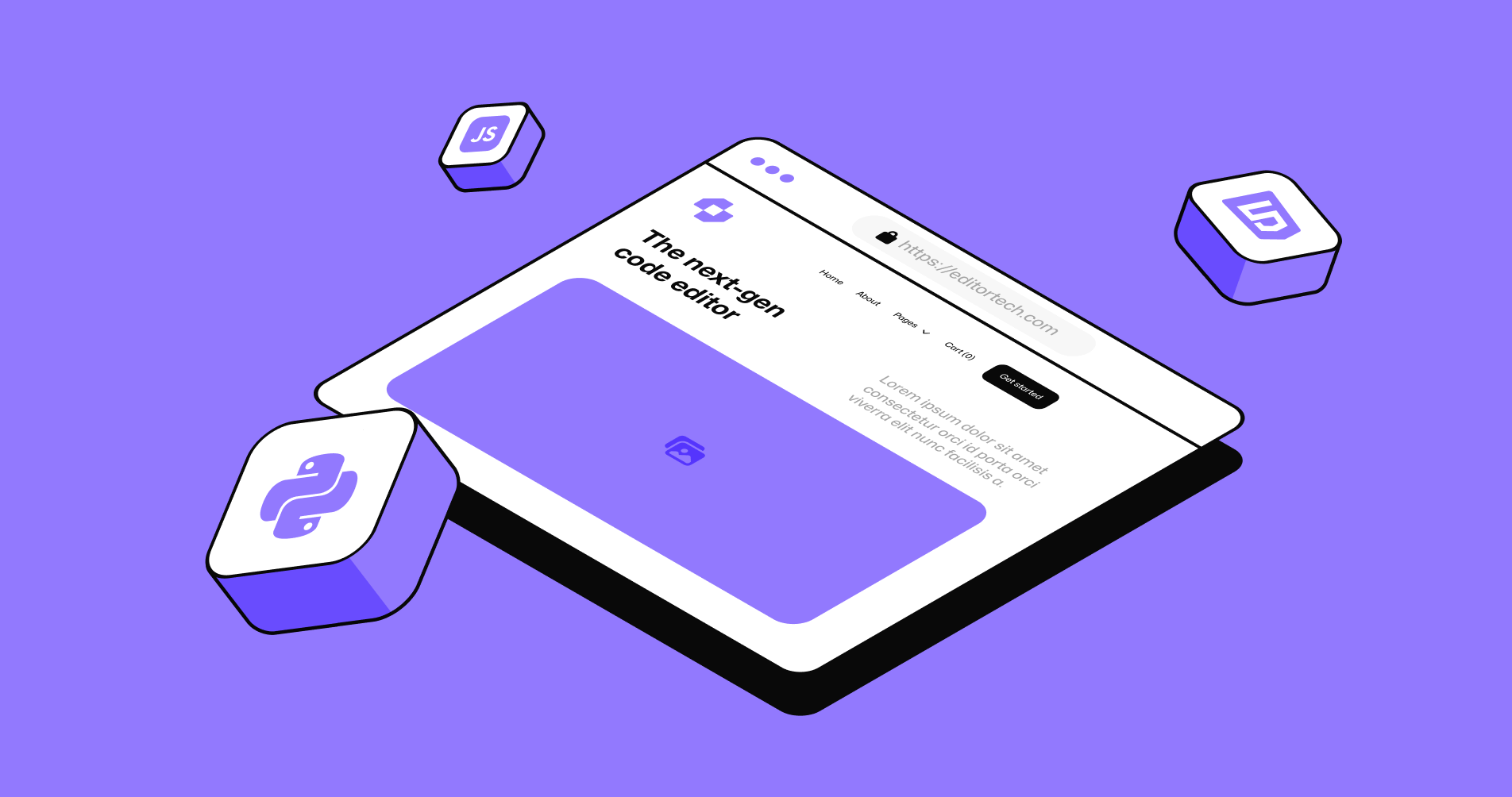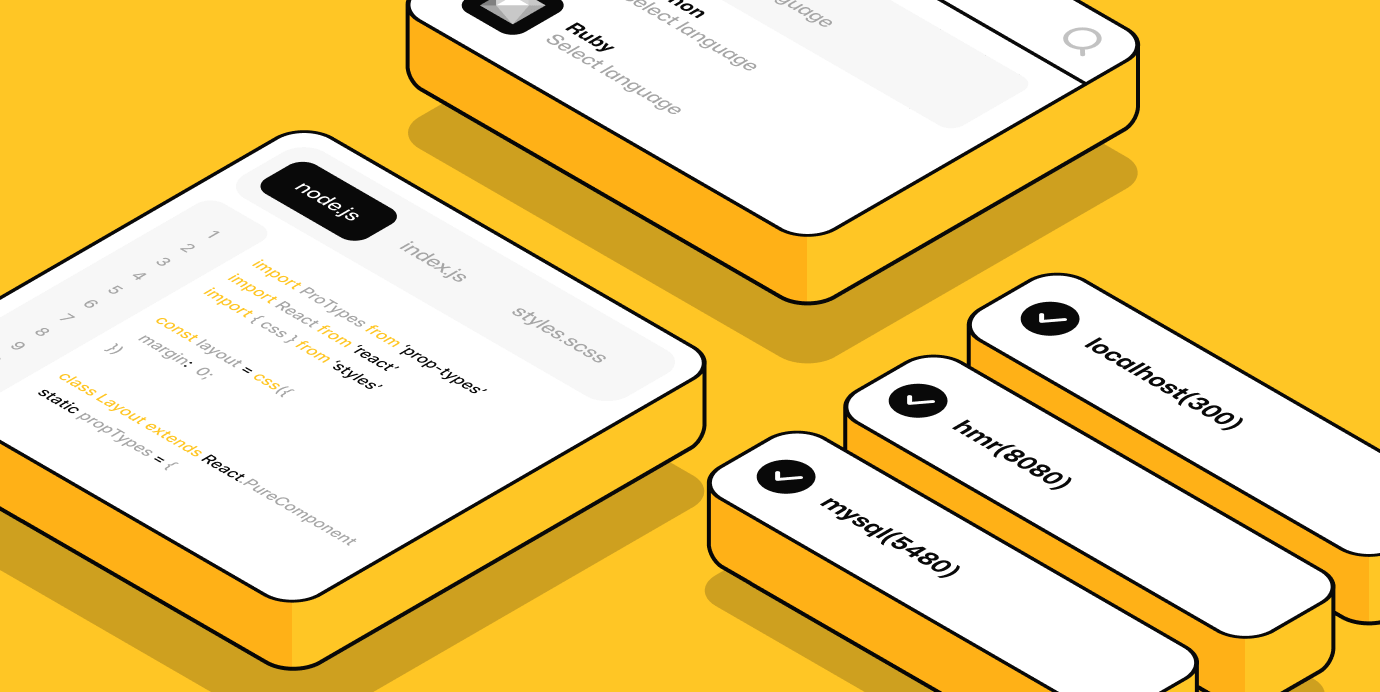
If you still base major marketing moves on late-night brainstorms and a handful of best guesses, you’re playing yesterday’s game. In the era of AI market research and AI search marketing consulting, forward-thinking brands are pairing human creativity with machine intelligence to see further, act faster, and minimize risk.
Artificial intelligence isn’t a futuristic extra any longer—it’s the engine that turns scattered consumer signals into actionable insight, often in real time. The point isn’t to silence intuition; it’s to back every hunch with hard evidence and scale that no manual method can match.
The Old-School Research Problem: Intuition Has Its Limits
Gut Feeling: A Double-Edged Sword
Marketers love a good instinct, and for decades those gut calls have led to breakthrough campaigns. But intuition, by definition, is subjective. Two smart colleagues can interpret the same anecdote differently, and both can be wrong.
Worse, traditional surveys or focus groups capture only a sliver of behavior—what people say, not what they actually do. As channels multiply and consumer expectations change overnight, relying solely on “feel” starts to look more like a gamble than a strategy.
The Data Deluge Brands Can’t Ignore
Every click, swipe, voice command, and in-store scan creates a breadcrumb trail of intent. eCommerce platforms, social networks, and search engines now produce terabytes of behavioral data by the hour. Somewhere inside those mountains of numbers sit the answers to crucial questions—Who’s ready to buy?
What pain points remain unsolved? Which message will resonate tomorrow? Sifting through that volume with human eyes alone is impossible, and that’s where traditional research falls short, especially when dealing with nuances across industry sectors.
Enter AI: A Game-Changer for Modern Research
Speed and Scale That Humans Can’t Match
AI algorithms ingest millions of data points in seconds, spot patterns, and surface insights in time for next week’s campaign—sometimes in time for tomorrow’s push notification. Instead of commissioning a study that delivers findings weeks later, marketing teams can run continuous analysis, seeing shifts as they happen. That velocity converts research from a periodic checkpoint into a live dashboard for decision-making.
Uncovering Hidden Patterns and Niches
Machine-learning models excel at detecting subtle correlations humans overlook: the micro-segment that buys premium products only after midnight, or the unexpected link between eco-friendly packaging and repeat purchases in certain metro areas. These emergent clusters often represent untapped revenue—opportunities brands never knew existed until the algorithm flagged them.
Real-Time Insights for Real-Time Decisions
Social sentiment can turn on a dime, and search intent often changes with global news, weather, or a single viral post. AI-driven listening tools transform these signals into live intelligence, alerting teams when a product benefit suddenly spikes in interest or when brand perception starts to dip. Adjusting copy, bids, or inventory in the moment beats a post-mortem every time.
Practical Payoffs: How AI Research Translates to Marketing Wins
Well-run AI research initiatives aren’t academic exercises; they pay the bills. Once insights surface, smart brands funnel them straight into execution.
Smarter Audience Segmentation
Instead of blunt demographics, AI clusters audiences by real behaviors—how frequently they browse, which formats drive purchase, and what cross-device paths they prefer. Media budgets stretch further when each segment receives tailored creative and bids rooted in predicted lifetime value.
Precision Product Development
Consumer reviews, support tickets, and social chatter feed natural-language models that pinpoint missing features or recurring complaints. Product teams use the findings to refine roadmaps, prioritize updates, or spin up entirely new lines targeted at unmet needs—all before competitors catch wind.
Sharper Content and SEO Strategies
When AI parses trillions of search queries and ranking factors, it shows exactly what language people use at each stage of the funnel.
- Identify high-intention keywords competitors overlook
- Generate topic clusters that mirror how audiences research solutions
- Optimize on-page copy, meta data, and internal links for maximum visibility
The result: content that answers real questions (not guesses) and earns organic traffic that compounds over time.
Getting Started the Right Way
Build a Clean Data Foundation
Algorithms are only as good as the information you feed them. Consolidate siloed CRM records, campaign metrics, and customer feedback into a unified, well-labeled repository. Clean data reduces model bias, lowers error rates, and ensures insights actually reflect reality.
Choose the Right Tools — and People
Off-the-shelf platforms can handle sentiment analysis, predictive scoring, or topic modeling out of the box, but they still need skilled operators. Pair data scientists with marketers who understand branding nuance, and you’ll translate raw output into strategies consumers feel, not just numbers executives admire.
Measure, Iterate, Repeat
Treat AI research as an ongoing loop, not a one-off pilot. Establish KPIs—conversion lift, cost per acquisition, churn reduction—and monitor them as models improve. Small wins compound; over quarters, marginal gains can redefine market share.
From Hunches to Hard Evidence
The age of spray-and-pray marketing is ending. Brands that cling to intuition alone will keep guessing while their AI-empowered rivals race ahead with near-real-time clarity. By combining the best of human creativity with machine precision, companies shift from reactive to proactive, from static reports to live insight streams, and from risky bets to repeatable wins.
In short, moving from gut feeling to data-driven isn’t just a technical upgrade—it’s the new competitive advantage.
Subscribe to our newsletter
Get regular updates on the latest in AI search





.png)

